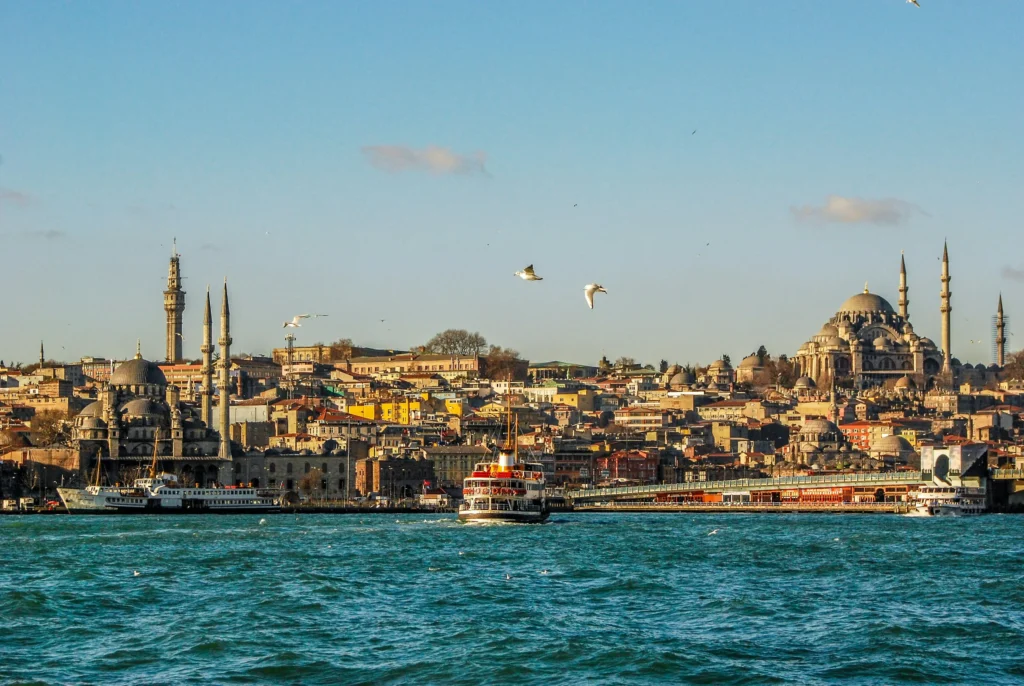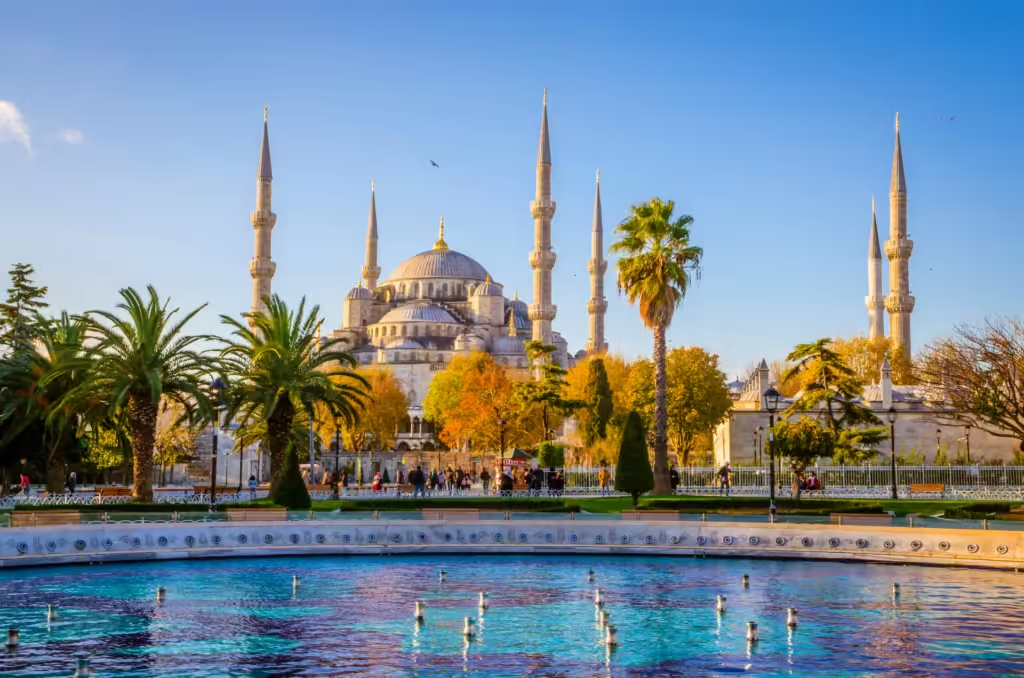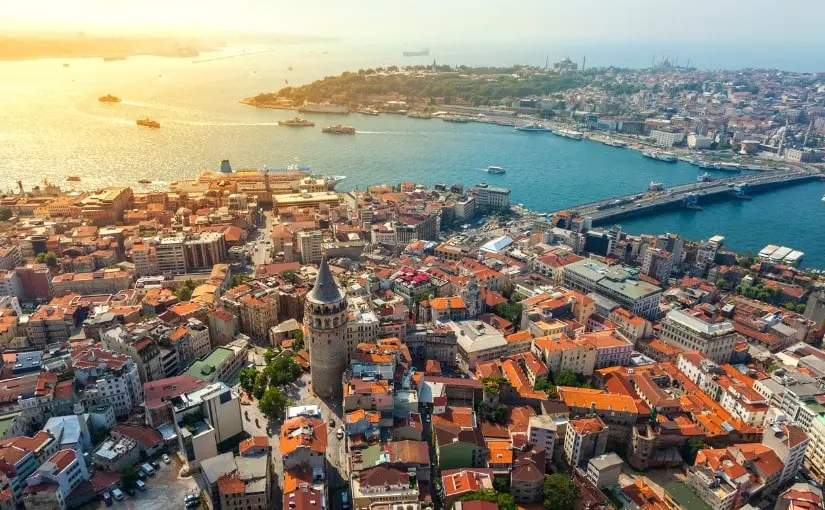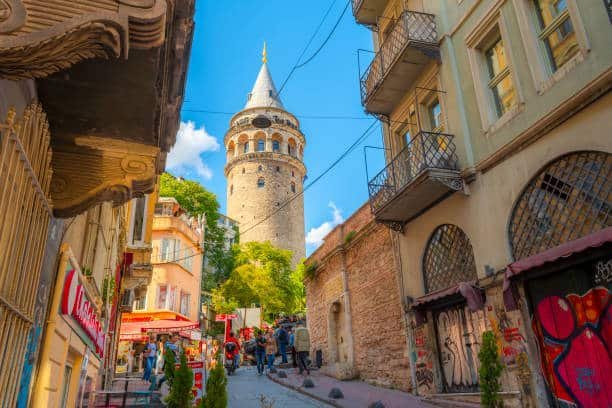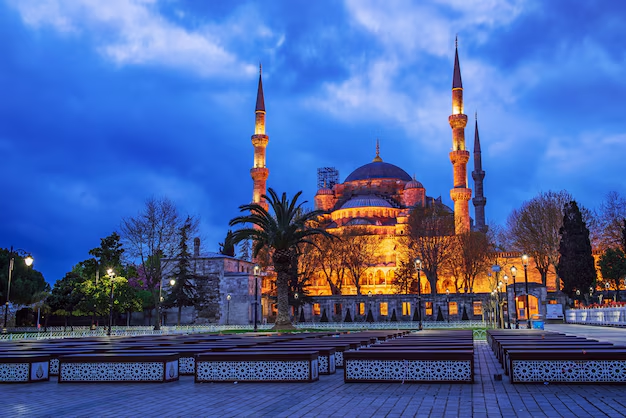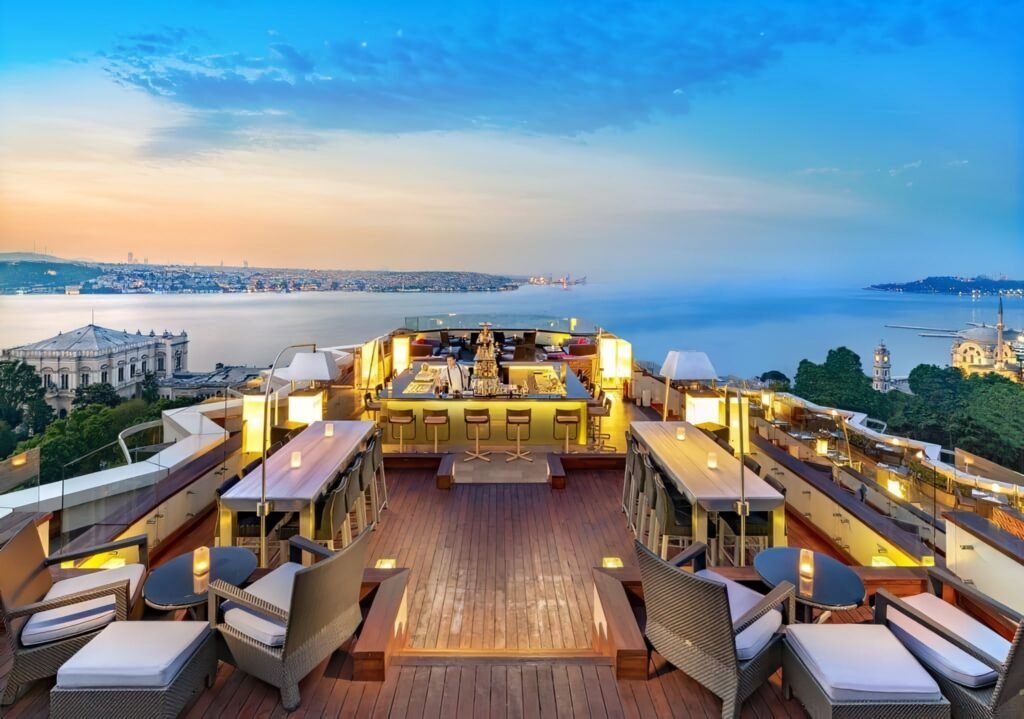Article summary
ToggleDiscover Istanbul: a vast city and transport to master
Istanbul, the multi-faceted city, majestically spans two continents, offering unparalleled cultural and historical richness. However, its imposing size and dynamism can sometimes make getting around a bit daunting for visitors. But don’t worry! With a dense and diverse public transport network, as well as practical alternatives, navigating Istanbul is quite manageable. Ultimately, this ultimate 2025 guide is designed to help you master Istanbul’s transportation system, optimize your journeys, and fully enjoy your stay.
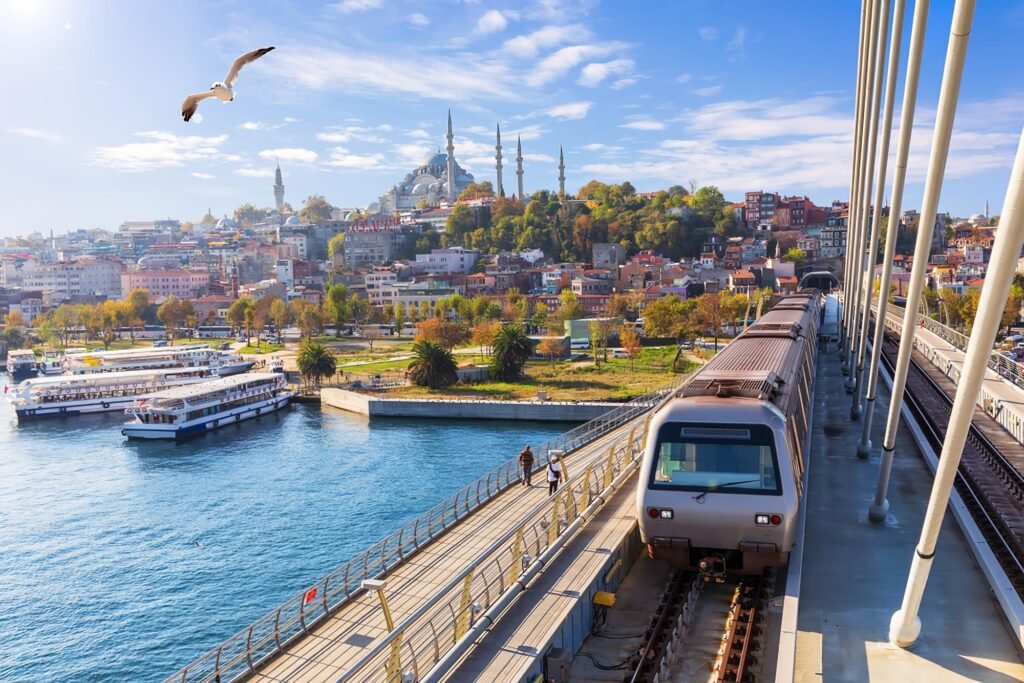
I. The Essential Istanbulkart
To navigate Istanbul’s vast public transportation network, one card is essential: the Istanbulkart. Indeed, it’s your passport to freedom of movement in the city.
1.1. What is the Istanbulkart and Why is it Essential?
The Istanbulkart is a rechargeable electronic transportation card, similar to a contactless card. It is essential because most public transportation (metro, tram, bus, ferries, Metrobus, funiculars) does not accept cash payments. Beyond convenience, its use is also much more economical than buying single tickets. Furthermore, a single Istanbulkart can be used by multiple people, provided there is enough credit.
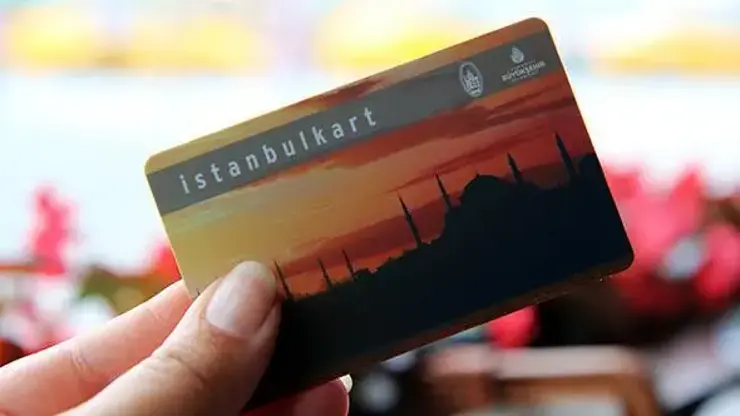
1.2. Where to Buy Your Istanbulkart?
You can easily purchase your Istanbulkart at several key locations:
- Automatic Ticket Machines (Biletmatik): Located in all metro, tram, and bus stations, as well as at ferry terminals. The machines are generally yellow or blue and offer multi-language options.
- Kiosks and Small Shops: Some kiosks near transport stops and supermarkets like Migros, Bim, or Sok sell and top up Istanbulkart.
- Airports: Kiosks are available at Istanbul Airport (IST) and Sabiha Gökçen Airport (SAW).
The purchase price of the Istanbulkart is 130 TL (Turkish Liras) as of January 2025. This is a non-refundable cost for the card itself, to which you will need to add credit for your journeys.
1.3. How to Top Up Your Istanbulkart?
Topping up your Istanbulkart is just as simple:
- Electronic Machines: The same machines where you buy the card also allow you to top it up. They generally accept banknotes of 5, 10, 20, 50, 100, and 200 TL. Some blue machines can give change.
- Mobile Applications: The “Istanbulkart Mobil” app (available on iOS and Android) allows you to link your physical card and top it up via bank card. There’s also a free “Digital Istanbulkart” that works via QR code, requiring a phone number for activation.
- Kiosks and Partner Stores: Look for points displaying the “Akbil Dolum Noktası” sign.
1.4. Transportation Fares with Istanbulkart (2025 Update)
Fares are subject to adjustments, but here are the prices valid as of early 2025 with the standard Istanbulkart:
- Standard Fare (bus, metro, tram, funicular): 27 TL per journey.
- Metrobus: The fare varies depending on the number of stops traveled, ranging from 19.33 TL for one stop to 40.08 TL for a full journey (34 stops or more).
- Marmaray: The initial fare is 59.76 TL, but a portion of this amount can be refunded depending on the distance traveled upon exit (check at refund machines).
- Ferries: The price of a ferry journey varies between 29 TL and 45 TL depending on the line and company.
Note that discounts for transfers are no longer available for tourists with the anonymous Istanbulkart. However, “Pass Cards” (limited-use tickets without an Istanbulkart) are also available, though they are more expensive: a single journey costs 40 TL, 2 journeys 70 TL, and so on.
II. Public Transportation in Istanbul
Istanbul boasts a modern and extensive public transportation network, thereby facilitating access to all attractions.
2.1. Istanbul Metro: Speed and Efficiency
The metro is one of the fastest ways to get around, especially for long distances.
- Main Lines for Tourists: The M2 line (Yenikapı-Hacıosman) is particularly useful, serving key points like Taksim, Şişhane (for Galata), and Yenikapı (Marmaray connection). The M11 line directly connects Istanbul Airport (IST) to the city center.
- Operating Hours: Generally from 6:00 AM to midnight
2.2. The Tramway: Ideal for Tourist Sites (T1 Line)
The tramway is perfect for exploring historical districts. Specifically, the T1 line (Kabataş – Bağcılar) is the most popular for tourists, as it crosses the historic peninsula, serving major stops like Sultanahmet (Hagia Sophia, Blue Mosque), Eminönü (Grand Bazaar, Spice Market), Karaköy, and Kabataş. In addition, don’t miss the nostalgic trams on Istiklal Avenue (Taksim) and in Kadıköy for a picturesque experience.
2.3. Buses and Metrobus: The Most Extensive Network
- Buses: Istanbul’s bus network is the most extensive, covering almost the entire city. While economical, they can be slow due to traffic jams and a bit more complex to use without a good journey planning app.
- Metrobus: This is a high-capacity bus system operating on dedicated lanes, allowing it to avoid traffic jams. It is very effective for covering long distances, especially between the European and Asian sides, but can be very crowded during peak hours. The fare varies by distance.
2.4. The Marmaray: Crossing the Bosphorus in a Flash
The Marmaray is an underground train that connects the European and Asian sides under the Bosphorus. As such, it offers a fast and efficient way to travel from one continent to another. Key stations include Yenikapı and Sirkeci on the European side, and Üsküdar and Ayrılık Çeşmesi on the Asian side.
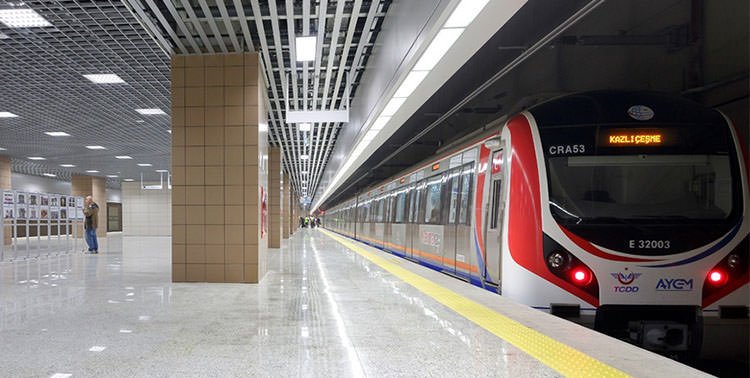
2.5. Funiculars and Cable Cars: Practical Ascents and Panoramic Views
Istanbul is built on seven hills, and funiculars are a boon for ascending them:
- F1 (Taksim-Kabataş): Connects Taksim Square to the T1 tramway terminus in Kabataş.
- Tünel (Karaköy-Tünel): The world’s second oldest underground metro, connecting Karaköy to the end of Istiklal Avenue.
Cable cars, on the other hand, offer stunning views, like the one leading to Pierre Loti Hill.
2.6. Ferries and Vapurs: Another Way to See the City
Taking a ferry on the Bosphorus is not just a means of transport; it is an experience in itself.
Ferries connect the European and Asian sides (Eminönü, Karaköy, Beşiktaş to Kadıköy, Üsküdar) and also cruise on the Golden Horn. Beyond transportation, this method is an excellent way to avoid land traffic while enjoying magnificent views of the city, its palaces, and mosques.

III. Taxis and Ride-Sharing Services in Istanbul
For more comfort or for night journeys, taxis and ride-sharing services are options.
3.1. Yellow Taxis: What You Need to Know
Yellow taxis are numerous in Istanbul.
- Pricing (March 2025): The base fare is 42 TL, and the price per kilometer is 28 TL. A minimum fare of 135 TL applies per journey. Additional fees may apply for bridge or tunnel tolls (e.g., 47 TL for Bosphorus bridges, 225 TL for the Bosphorus tunnel).
- Tips: Always check that the meter (taximeter) is on and working. Show your destination on a map if you encounter a language barrier. Pay in cash preferably, or via apps if available, as not all accept cards.
- Traps to Avoid: Some drivers may refuse short trips or try to negotiate a fixed price without the meter, which is often a scam.
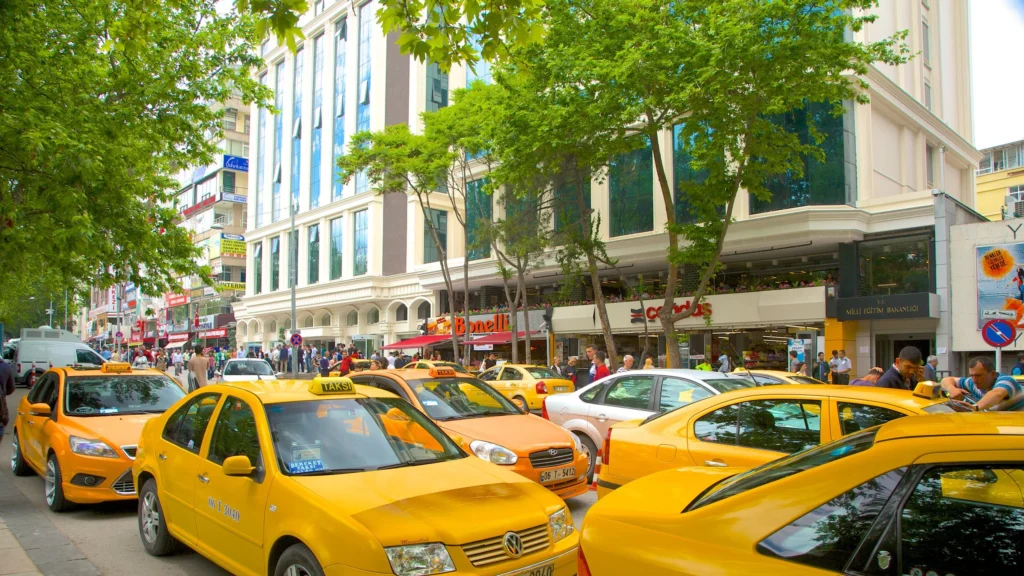
3.2. Ride-Sharing Apps: Uber and BiTaksi
Ride-sharing apps are an excellent alternative for price transparency and safety.
- BiTaksi: This is the most popular local app. It allows you to order a taxi, track your journey in real-time, and pay via the app (cash or card), thus avoiding currency issues or overcharging.
- Uber: Uber is available in Istanbul and primarily operates via local taxis under the “Uber Taxi” option since 2025, although there may be other vehicle types like UberXL. It’s a reliable alternative, especially for airport transfers, as it helps avoid scams and ensures a tracked journey. It can be difficult to get an Uber during peak hours or for crossing to the Asian side.
3.3. The Dolmuş: The Shared Taxi (Economical Option)
Dolmuş are collective minibuses that follow fixed routes but only depart when full. While economical for specific journeys, they do require cash payment.
IV. Getting To and From Istanbul Airports
Istanbul is served by two main airports: Istanbul Airport (IST) on the European side and Sabiha Gökçen Airport (SAW) on the Asian side.
4.1. Istanbul Airport (IST): Your Transportation Options
IST airport is the largest and newest.
- Metro (M11 Line): The M11 line directly connects the airport to the city center. A one-way fare costs approximately 35.40 TL.
- Havaist Shuttles: These comfortable shuttles connect the airport to many strategic points in the city, such as Taksim and Sultanahmet. The price varies by destination; for example, a trip to Taksim or Sultanahmet costs around 275 TL in March 2025.
- Taxis: An airport taxi from IST to Sultanahmet costs approximately 1498 TL (without traffic) and to Taksim approximately 1162 TL (without traffic), plus bridge/tunnel tolls.
- Private Transfers: Private transfer services can be booked in advance for maximum comfort.
4.2. Sabiha Gökçen Airport (SAW): How to Reach the City Center
SAW airport is smaller and primarily used by low-cost airlines.
- Metro (M4 Line): The M4 metro line directly connects SAW airport to Kadıköy on the Asian side. A journey costs 27 TL with an Istanbulkart.
- Havabus / SG-1 Buses: Havabus buses connect SAW to Taksim and Kadıköy. The Havabus to Taksim costs approximately 283.50 TL in May 2025. Public buses like line E-11 also go to Kadıköy.
- Taxis: A taxi from SAW to Sultanahmet costs approximately 1372 TL.
V. Practical Tips for Optimizing Your Journeys in Istanbul
- Essential Mobile Applications:
- Google Maps or Moovit/Citymapper: To plan your routes in real-time with public transportation.
- Istanbulkart Mobil: To check your balance and top up your card.
- BiTaksi or Uber: To order taxis safely.
- Avoid Peak Hours: Traffic in Istanbul can be very dense. Try to avoid peak hours (generally 7:30 AM-9:30 AM and 5:00 PM-8:00 PM), especially if you are using buses or taxis. Prioritize the metro and Marmaray during these periods.
- Safety and Precautions: Be vigilant in crowded public transportation (pickpockets). For taxis, ensure the meter is on and have small change.
- Estimated Transportation Costs: Plan a budget of approximately 100 to 200 TL per day and per person for transportation if you plan to travel regularly and explore the city. This amount can vary considerably depending on your use of taxis.
Conclusion: Master Your Journeys for an Unforgettable Istanbul Experience!
Istanbul is an immense and fascinating city, and getting around well is key to fully enjoying it. By familiarizing yourself with the essential Istanbulkart, exploring the efficient metro and tramway network, navigating the Bosphorus by ferry, and using ride-sharing apps for taxis, you will be ready to discover all the treasures of this metropolis. Therefore, plan ahead, use digital tools, and let yourself be carried away by Istanbul’s unique rhythm. Your adventure awaits!
OUR TOURS
Discover Istanbul with our exclusive tours: experience magical moments as a couple with our romantic tour, explore local authenticity with our traditional tour, share memorable family adventures, or have fun with friends in this vibrant city.

Romantic Tour
Explore romantic Istanbul: Bosphorus sunsets, candlelit dinners, and historic walks.
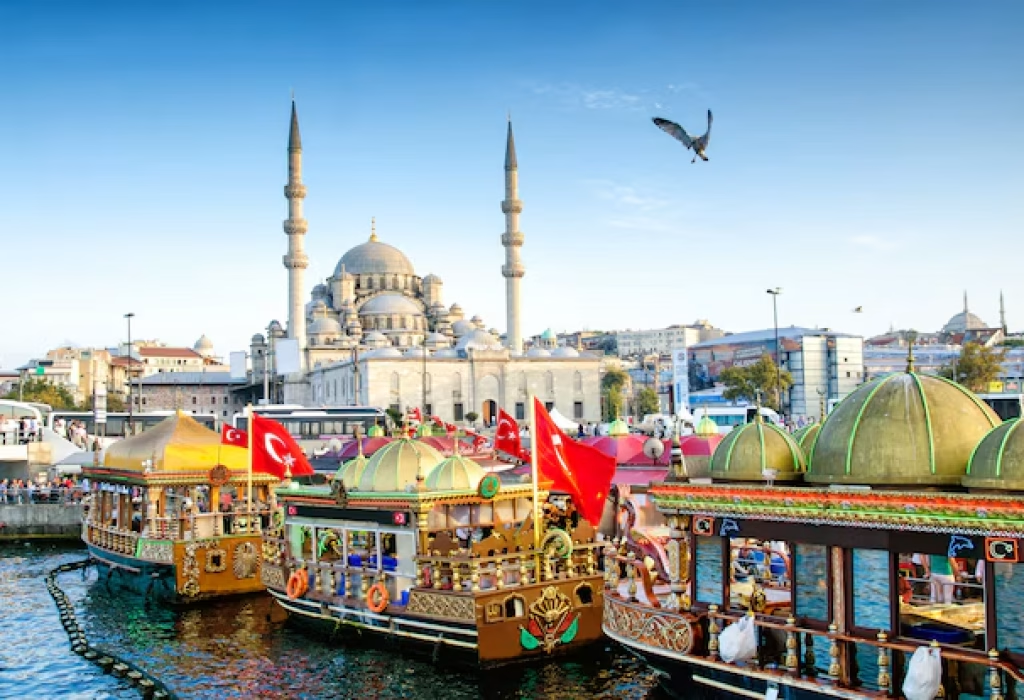
Traditional Tour
Discover authentic Istanbul: historic sites, local markets, and ancestral traditions for a cultural immersion.
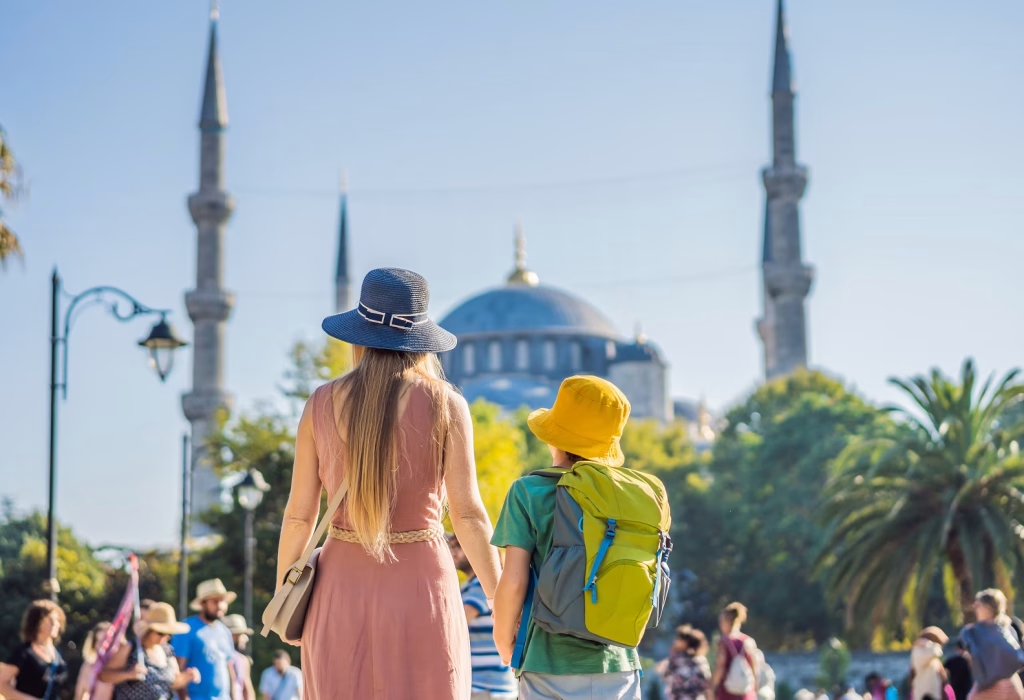
Family Tour
Experience Istanbul as a family: fun activities, iconic landmarks, and shared moments for all ages.

Tour with Friends
Explore Istanbul with friends: trendy neighborhoods, gourmet breaks, and lively evenings for unforgettable memories.

